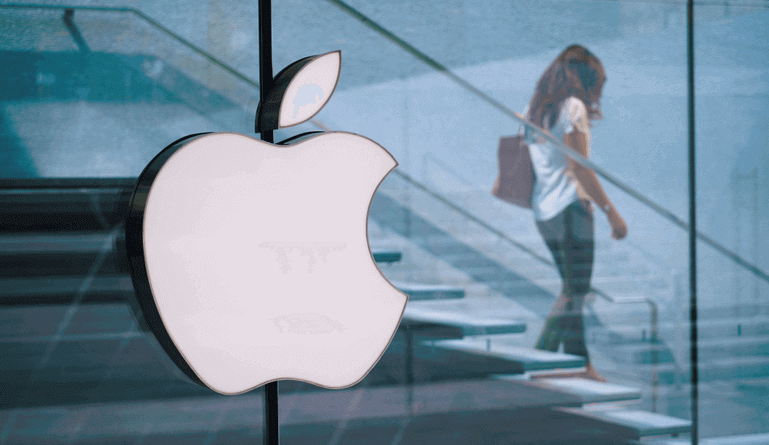With every new announcement Apple makes about limiting ad targeting, programmatic advertisers shift some spend over to Android. It is already possible to measure the negative impact of Apple’s IDFA changes on the price of that inventory. With the coming iOS 15 updates in the fall, advertisers will be further limited, losing IP address and location signals in a variety of situations. However, it’s clear the sky isn’t falling this has created new opportunities for advertisers to engage audiences and value on the iPhone.
People Are More Than an ID
Every ID that disappears and every signal that is lost translates into programmatic bids that are no longer considered by many major advertisers, creating CPM variances between iPhone and Android users that don’t match the demographics or performance of the two groups.
Even though there are limitations to “audience targeting” on iPhones, these people still look at ads. And, they represent a highly desirable group: iPhone users tend to spend more and have higher incomes than Android users.
With a bit of analysis, brands can find their audience within certain categories of apps at a relative bargain. Our research shows, for example, that personal finance app users are not likely to opt in to allow targeting via IDFA; compare this to users of e-commerce and gaming apps, who are much more likely to opt-in.
Regarding iPhone users and not opting in, for example, a large number of personal finance apps are related to things like budgets, credit scores, and personal wealth. Users really only need one or two apps and privacy might be paramount. Conversely, people using commerce and gaming apps are often highly interested in discovering new products or trying new games, and so they are much more open to ad experiences and are willing to be targeted.
In cases where audience data is missing from iPhone impressions, it doesn’t equate to those impressions having zero value. Rather, advertisers need to create new valuations of these impressions so that they continue to reach this large and valuable population.
Opt-In, Opt-Out, Still Valuable
Brand advertisers in particular have a big opportunity to take advantage of iPhone impressions but will have to approach media buying a bit different than what they are used to. First, brands should take advantage of the inherent context of different apps. For example, testing different messaging by app category can quickly help brands understand which apps are better for brand messages as opposed to performance messages. And brand advertisers can get a lot of insight from individual app audience data. It’s worthwhile to do some research to find specific app categories that deliver good synergy. Many app owners have detailed information about ad performance by category, demographics, and engagement data that can be valuable for brand buyers looking for ways to craft an iPhone-based media plan for users that do not opt into IDFA.
There are synergies that brands can take advantage of if they start leaning into nuances between different categories of apps and why there is so much variation in how many users have opted in to receive targeted advertising.
These differences provide guidance for brands to determine the best approach to messaging and the right context for that messaging.
Shedding Old Assumptions
Surprisingly, a lot of advertisers still undervalue impressions on gaming apps, which, as noted above, offer the highest IDFA opt-in of any category and often boast the highest performance. These impressions can be viewed as ‘suspect’ because they include a “reward” element. However, years of data prove that rewarded ads, such as asking someone to watch a video ad and earn more points or answer a survey question to unlock the next level can be an effective way to get your message across to a totally engaged audience.
According to eMarketer, 76% of U.S. mobile gamers ”prefer opt-in rewarded ads, compared with 24% that prefer mandatory ads.” These ads perform well in real terms, not just in terms of clicks or false conversions, but in the recall, increased brand awareness, and in-app purchase.
There are also still lingering issues with the notion of “gamers,” which media buyers assume are all male teens. In fact, more women play games, and it’s been this way for years. Games include word games and creative art – a world to discover within the mobile channel and is an audience that is growing rapidly.
Time To Go Bargain Shopping
Advertisers can find their audiences on gaming and commerce apps who have opted in, and who interact with rewarded ads. Ironically, these iPhone users are least likely to be targeted by advertisers even though they have raised their hands and want to see ads the most. With the likelihood of high engagement, higher income than Android users, and broad demographic distribution, it’s a clear opportunity.
Now is the time for advertisers to also take advantage of the artificially lower prices on iPhone impressions to start testing this approach. Algorithms should be tweaked to create placeholder values based on the overall demographics of specific publishers along with differences in the value of iPhone users. And for more targeted opportunities, the lack of ID-generated data can be overcome with the right intelligence gleaned from apps themselves.
The opportunities on the iPhone won’t last forever, as companies become more accustomed to working with Apple’s privacy-driven approach. Smart advertisers will take this window to get a head start.
***
Joe Lige is a seasoned advertising technology sales and business development executive. He is vice president of mobile at PubMatic, which delivers superior revenue to publishers by being an SSP of choice for agencies and advertisers. Lige is responsible for strategy definition, operational execution, internal and external evangelization, and globally scaling PubMatic’s mobile business. He previously held business development roles at Ooyala, OpenX, and IAC. He is a graduate of Southern Illinois University.




